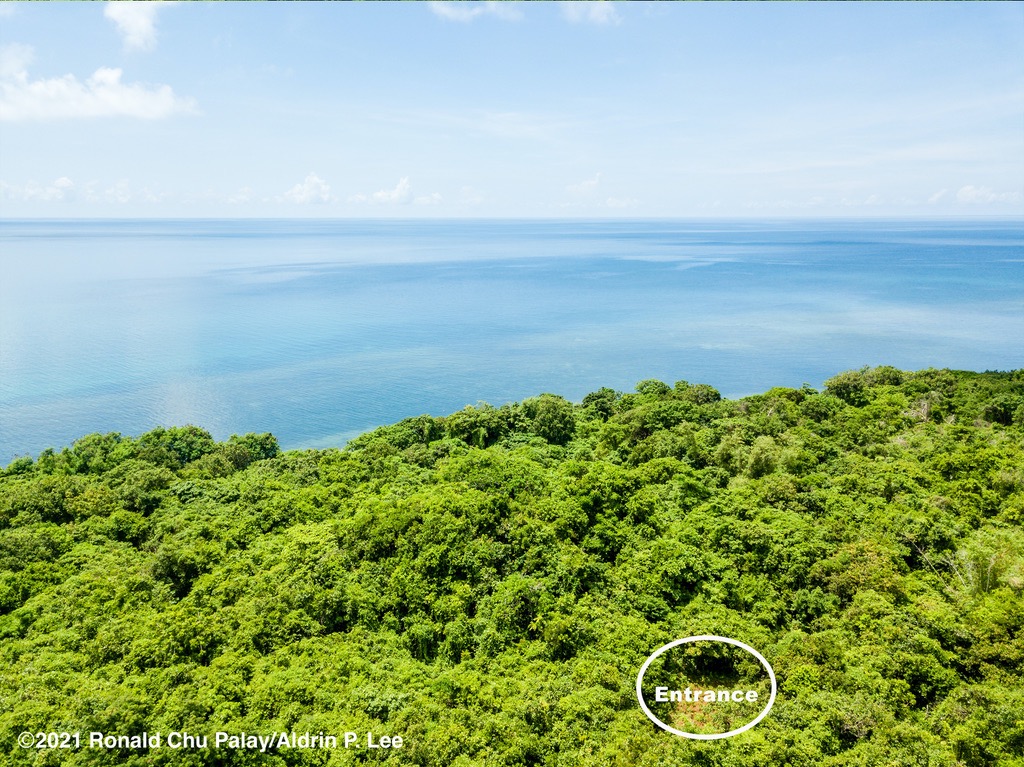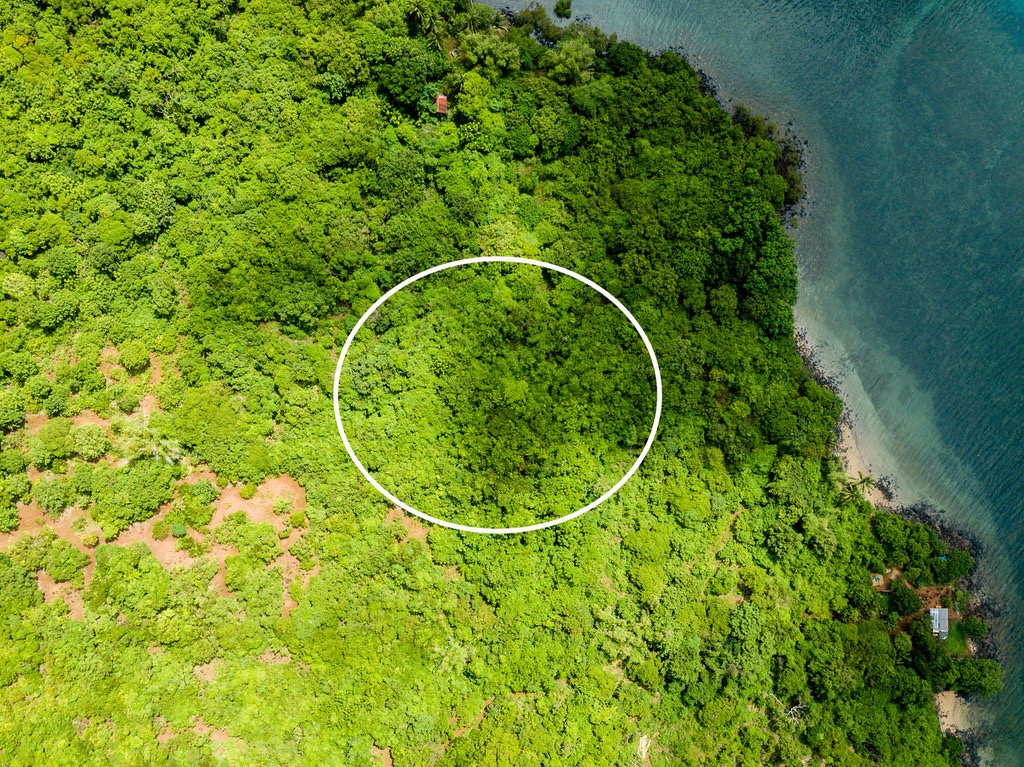I come from Cuyo Island in the Philippines. My mother tongue, Cuyonon, contains rich knowledge systems about the Cuyo physical environment that are far more intricate and pragmatic than the Western knowledge we learn in school. Our language also encodes how to engage with these ecosystems, built upon the kind of relationship that our ancestors have forged with nature over time.
In Cuyonon, we have a forest ecosystem called napuro. Literally, napuro means ‘became an island’ and is characterised by big old trees in the middle area, outlined with huge rocks, creating a territory of its own – an island within an island. Fruit-bearing trees thrive inside it, including kasoy ’cashew’, lumboy ‘Java plum’, and even santol ‘cotton fruit’. We also rely upon napuro for a specific type of bamboo that we use for furniture, and even for inyam ‘Queensland cherry’ – a kind of wild cherry whose leaves are both cows’ and goats’ favorite.
Napuro is approached with care. First, inside napuro resides a ‘lure of the unknown’ that can mimic one’s voice from any direction. It can also mimic a companion’s voice, tempting one to follow it and eventually lose one’s way home. I remember my mother reminding me to keep my voice low and to always stay beside her while we picked cashew fruits inside a napuro near our home. Second, a mainstay of every napuro is a special tree which we call nunok ‘banyan tree’. We believe that creatures, which we simply describe as beken i ameng kapareho ‘not like us’ live inside nunok trees. We therefore need to be extra careful when passing by a nunok tree, so as not to offend the ‘others’—since they are generally harmless unless provoked.
A contrasting forest ecosystem in our island is purantok. Access to purantok is both difficult and dangerous – not only because it is extremely dense but also because we believe that it is home to savagely hostile creatures (both natural and supernatural). It represents a chaotic, unmanaged forest, and it would be very creepy to live near a purantok. Purantok does not only demand respect— it also intimidates to the extent that one would rather not get near it. And I am not sure if anyone has dared to do kaingin ’slash-and-burn farming’ in a purantok yet. That would have been so brave, and foolish!
Purantok, understandably, endures the cruelty of humans way better than napuro. My mother and some of my siblings would often recall how devastated they were when a nearby napuro burned, leaving animals torched to death and many big old trees heartlessly felled. We did not only lose an abundant source of food for ourselves and for the livestock, but we also feared that any surviving, harmless creatures living there might hold a grudge against humans.
We have so many other forest names – talunan for where wild animals thrive, sugod for semi-forest, tilled land where rice, bananas and the like are grown. Kageban for old-growth forest (more common on the mainland), featuring freshwater ecosystems like sapa ’stream’, something that is not found in the Cuyo Islands.
In my work I think about how Filipinos communicate and/or negotiate with nature through linguistic expressions, and how the entry of Western religions compromised that harmonious relationship. It is hard to understand this if you did not grow up close to nature and/or solely relied upon textbooks from a Western perspective. Now that we are faced with depleting forest reserves, the solution is not just to plant a tree – but to build an island of trees like napuro and if possible, re-learn the kind of relationship that we had with nature prior to proselytization. Without reconsidering our values toward nature, we will not be able to restore the kinds of ecosystem that are both harmonious and sustainable.


This work (text and photographs) is licensed under a Creative Commons Attribution-NonCommercial-ShareAlike 4.0 International License.




